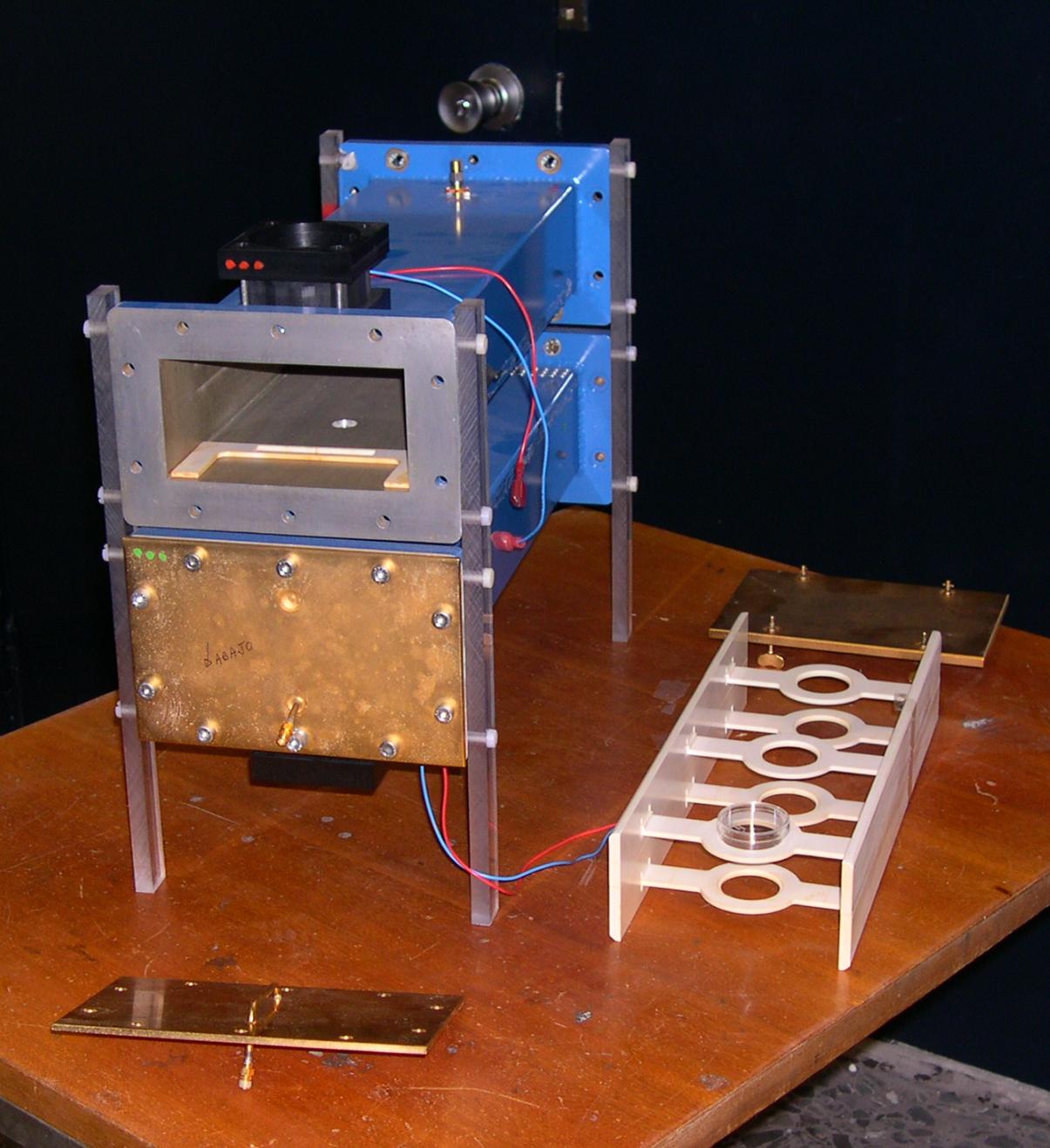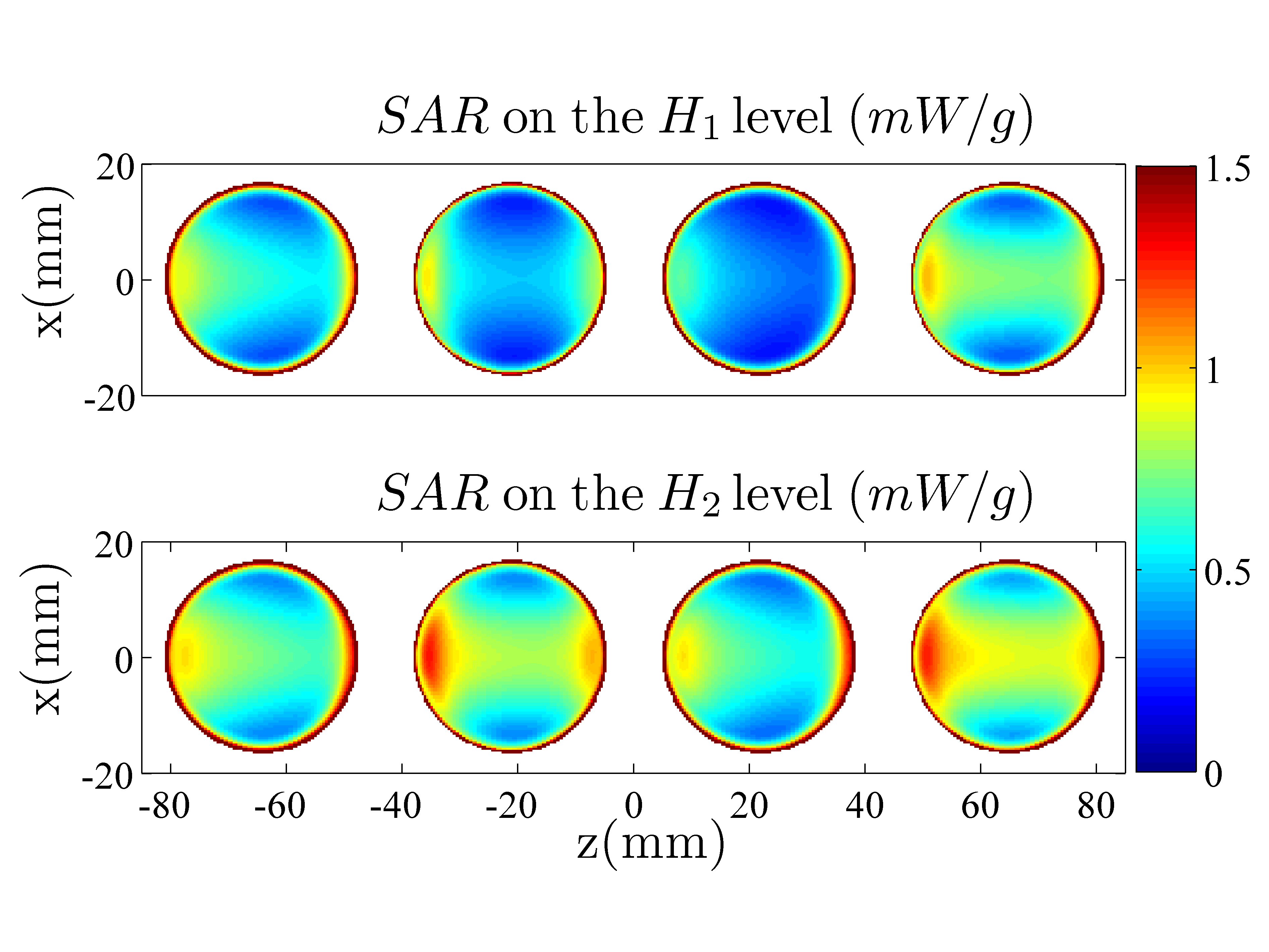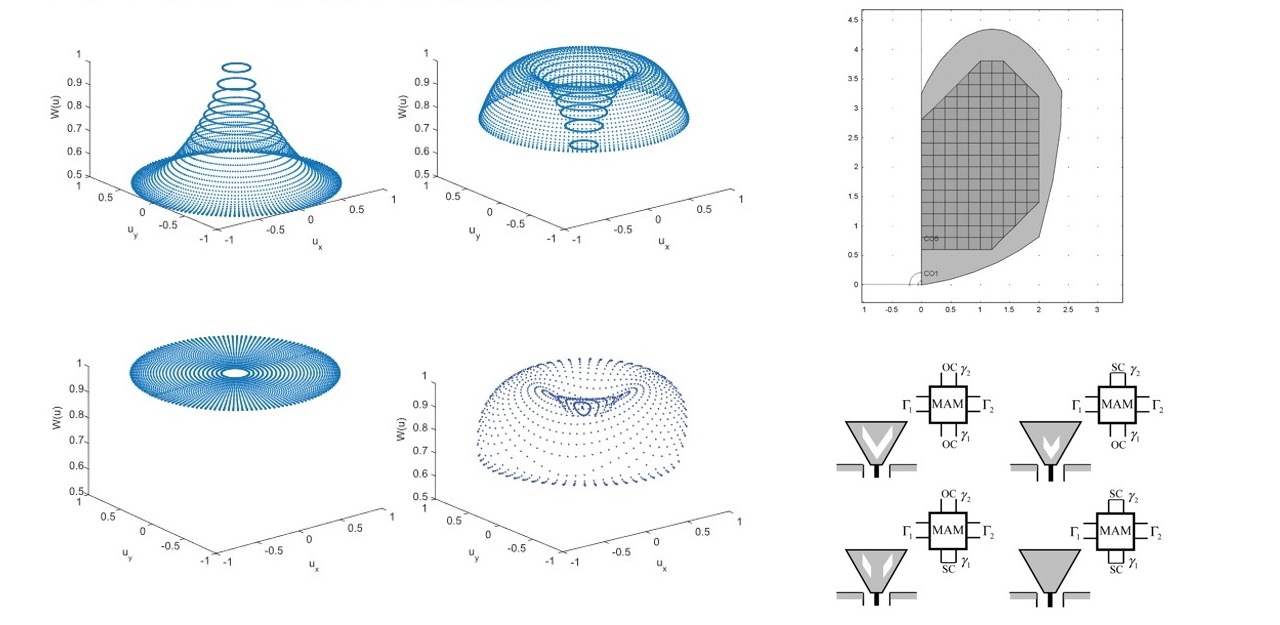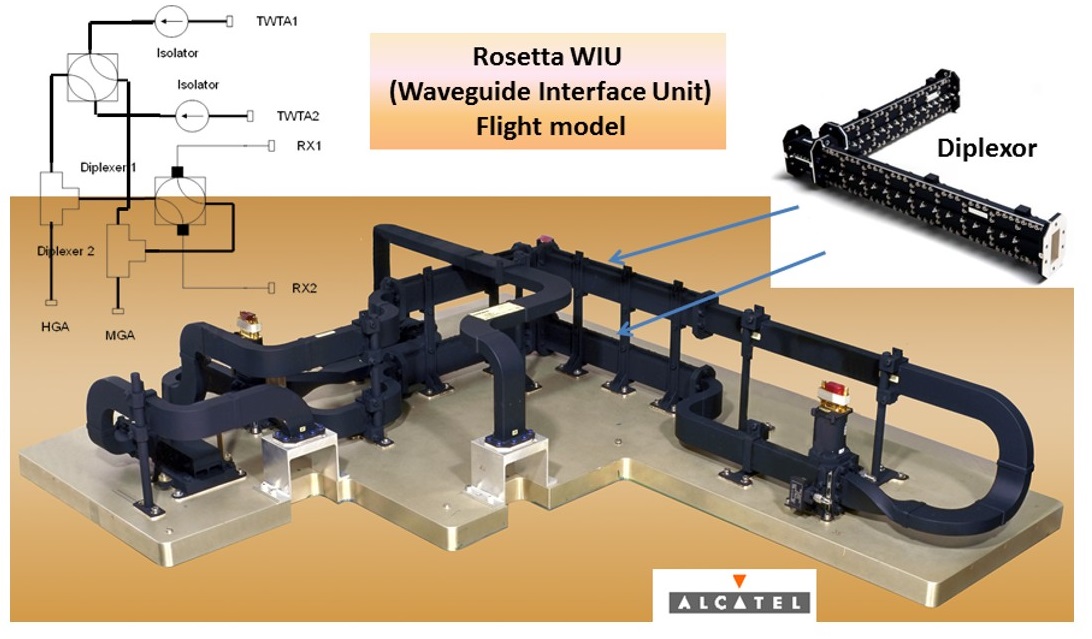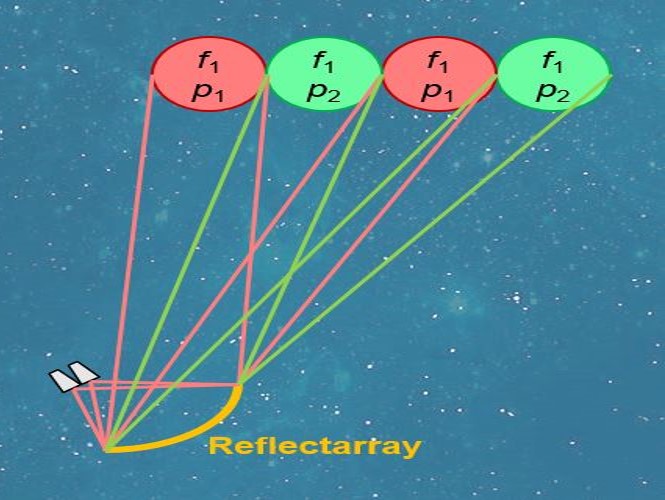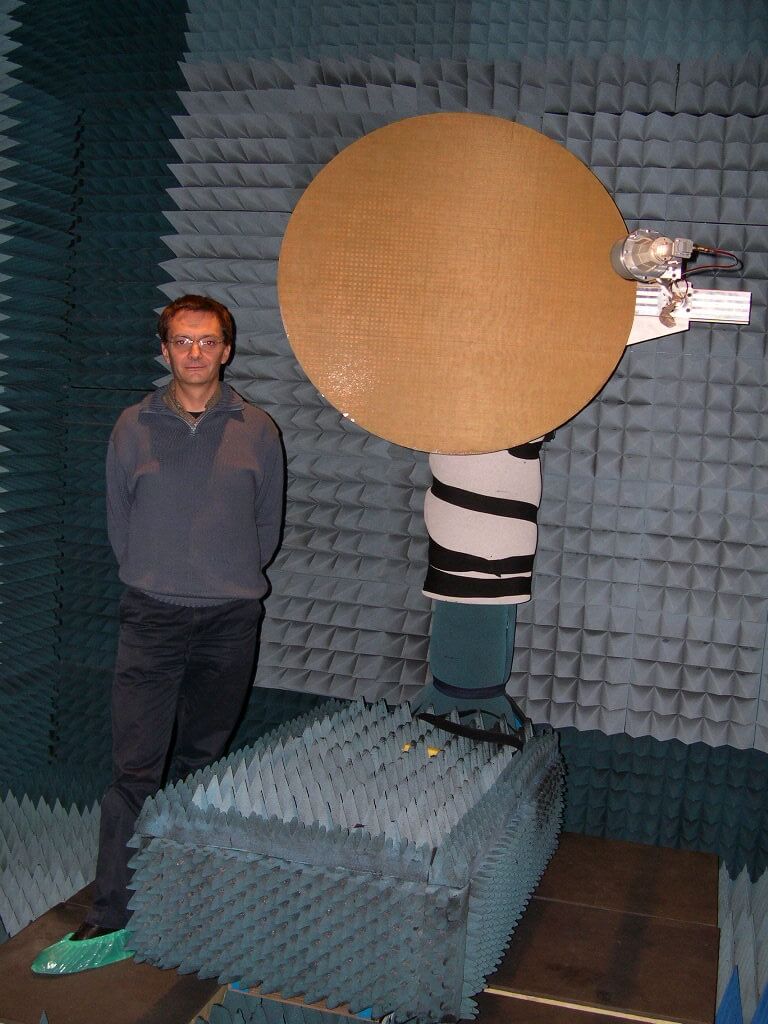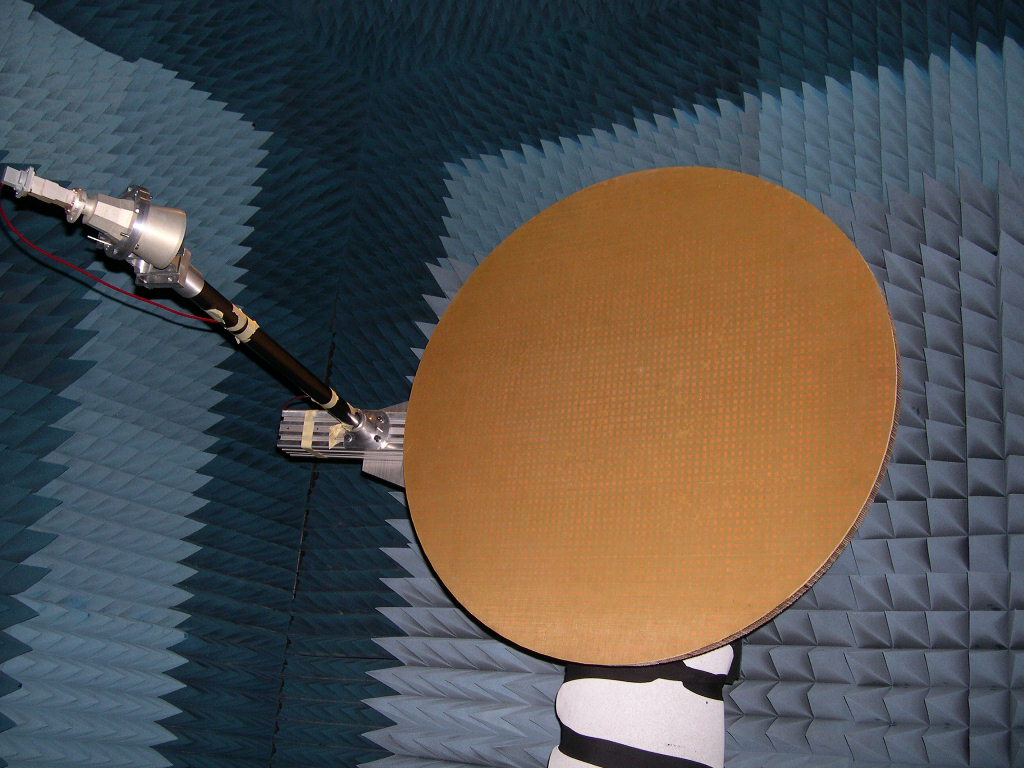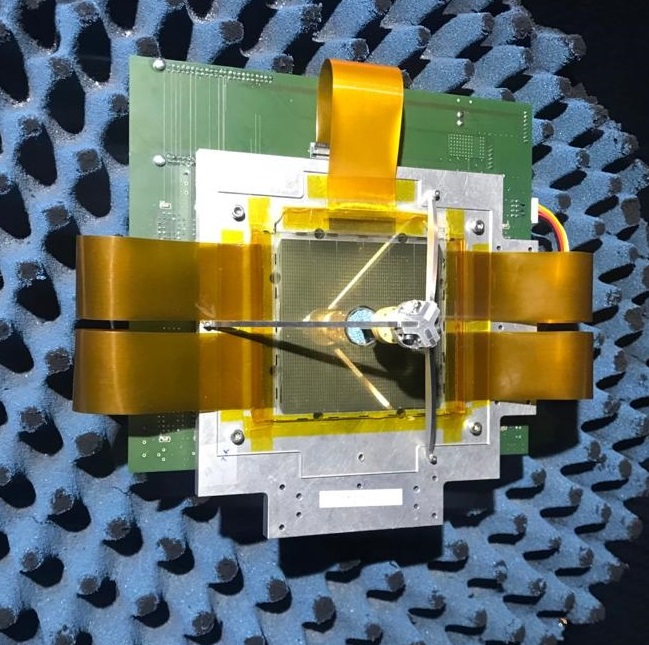RESEARCH AREAS
Reconfigurable antennas for 5G millimeter wave networks.
Development of efficient techniques for analysis and design of RF devices and antennas.
Biological effects of electromagnetic fields
Contact: eduardo.carrasco@upm.es
In the field of bioelectromagnetism, The GEA collaborates with different national and international groups, mainly in the field of hyperthermia, an adjuvant treatment to radio or chemotherapy, which consists of heating certain tumors in order to reduce their size. The GEA collaborates with the IT’IS Foundation (https://itis.swiss) in Zurich, Switzerland, in studies on the specific absorption rate (SAR), which is a measure of the maximum power which is absorbed by the tissue when an electromagnetic field is applied. The results of these studies have been used in the planning of hyperthermia treatments, using microwaves, in the ISM band (specifically 433.92 MHz) as a heating medium. As a result of this work, a strong collaboration is mantained with Prof. Quirino Balzano from the University of Maryland, USA, on the assessment of the exposure of portable wireless devices at frequencies above 6 GHz with direct application in the emerging 5G technology.
There is also collaboration with the group of Prof. José Javier Serrano Olmedo from the UPM’s Biomedical Technology Center, through a National Plan project, which evaluates alternative methodologies for the release of thermal energy in animal models. A collaboration has started with the group of Prof. Carlos Escobedo (https://www.escobedolab.com/), from Queen’s University in Kingston, Canada in a similar line, including the possibility of using magnetostatic bacteria, microorganisms that can be guided by magnetic fields through capillaries, and eventually used to heat the tumor.
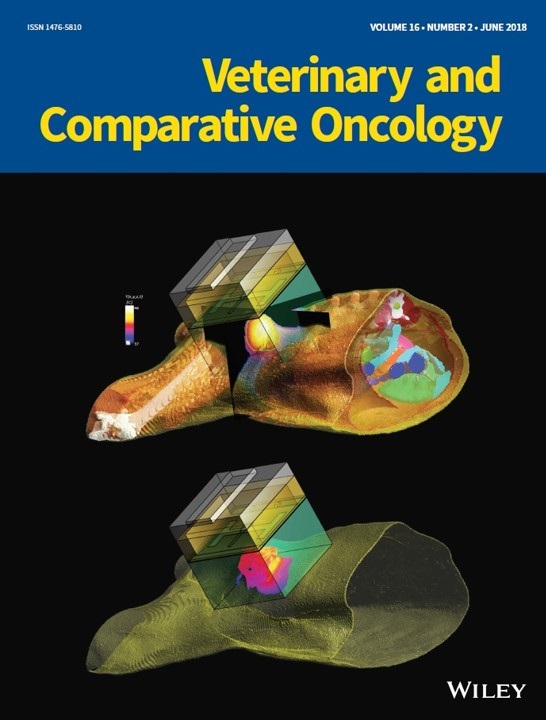
Computational Electromagnetism
Contact: josemaria.gil@upm.es
The group has implemented efficient numerical methods in computational electromagnetism, such as Method of Moments (MoM), Finite Element Method (FEM), Modal Analysis and Domain Decomposition. Many of the electromagnetic modeling techniques are developed for the specific design of certain components used in communications satellites. These techniques are very efficient, and can be 100 times faster than the general purpose electromagnetic simulators available on the market. The high numerical efficiency and accuracy of electromagnetic modeling tools, has made it possible to integrate analysis techniques into optimization processes, generating computer-aided design tools (CAD), for the design of different radio frequency circuits.
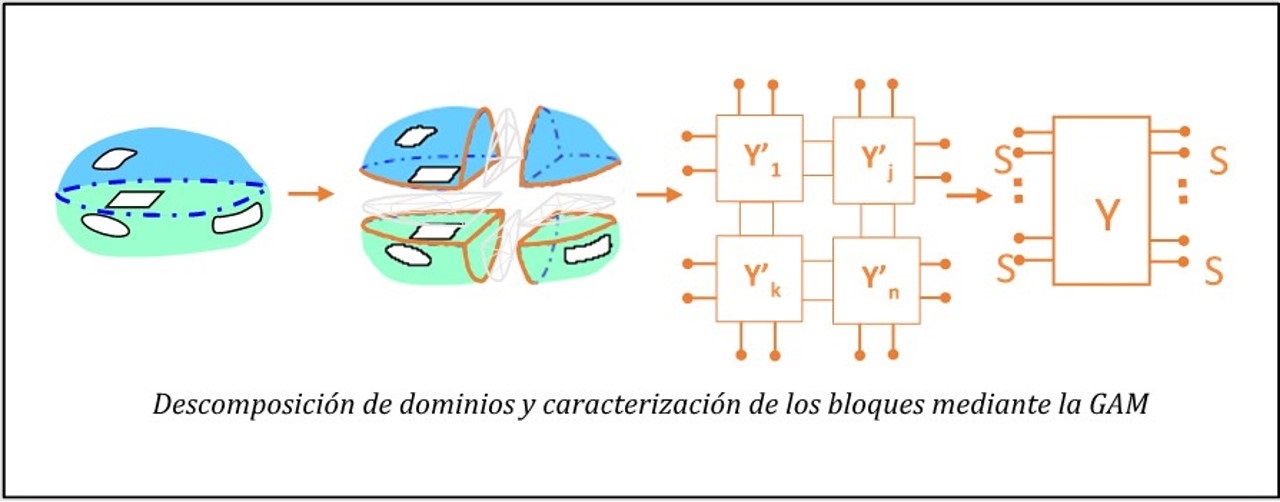
Design of waveguide components for space applications
Contact: joseramon.montejo@upm.es
The developed CAD tools are applied to the design and optimization of different waveguide components (filters, multiplexers, couplers, orthomodes, polarizers, etc.) for communications satellites, through agreements with the aerospace industry.

Periodic Structures and transmission Systems.
Contact: jaime.esteban@upm.es
Analysis, design and prototyping of reflectarray antennas.
Contact: jd.martinezderioja@upm.es
GEA is an international reference, recognized by ESA, in the development of reflectarray antennas for space applications. A reflectarray antenna consists of an array of phase shifter cells printed on a flat surface that is illuminated by an external feed, as in reflector antennas. The phasing cells on the reflectarray are adjusted to focus or shape the reflected beam. Reflectarrays have certain advantages over arrays, such as ease of manufacture, low cost and low losses. Comparing to reflectors, reflectarrays are more suitable for deployable antennas (they can be deployed in a satellite as the solar panels) and offer additional functionalities by discriminating in frequency and polarization. These advantages make them especially attractive for communications satellites, scientific and earth observation missions, as shown in different projects of the European (ESA) and American (NASA) Space Agencies. NASA was the first Agency to use reflectarrays as a high-gain deployable antenna for data transmission to earth on CubeSat nano-satellites, launching the ISARA (Integrated Solar Array and Reflectarray Antenna) mission in 2017 and MarCo in 2018, which traveled to Mars.
GEA has led several ESA contracts to develop innovative reflectarray technologies for space applications, including antennas with different coverages for direct broadcast satellites and for multi-beam coverage to provide broadband access to internet from the satellite (for users on commercial flights and cruises, to establish communications in emergency situations, etc.).
Reconfigurable beam antennas based on liquid crystals and other technologies
Contact: gerardo.perezp@upm.es
The GEA has made important contributions to the field of antennas with dynamic beam control, specifically reconfigurable beam reflectarrays using different technologies which include: PIN diodes, varactor diodes, MEMS (microelectromechanical systems), graphene, liquid metal (Galinstan) and liquid crystals (LC).
In recent years, the GEA has focus part of the research in this latest technology. Specifically, on the development of these antennas at frequencies above 20 GHz, including Terahertz. LC technology has been originally developed for frequencies in the visible spectrum to fabricate the LC screens. LC is a material that changes one of its physical properties related to electromagnetic interaction (electrical permittivity), depending on an applied voltage. In the case of liquid crystal displays or screens, each pixel is designed so that the variation of this parameter controls the intensity of light transmitted by the pixel, and thus provide the desired image. In the case of antennas based on this technology, the pixels are designed so that the variation of this parameter controls the phase of the electromagnetic (in transmission or reflection), allowing to shape the beam.


